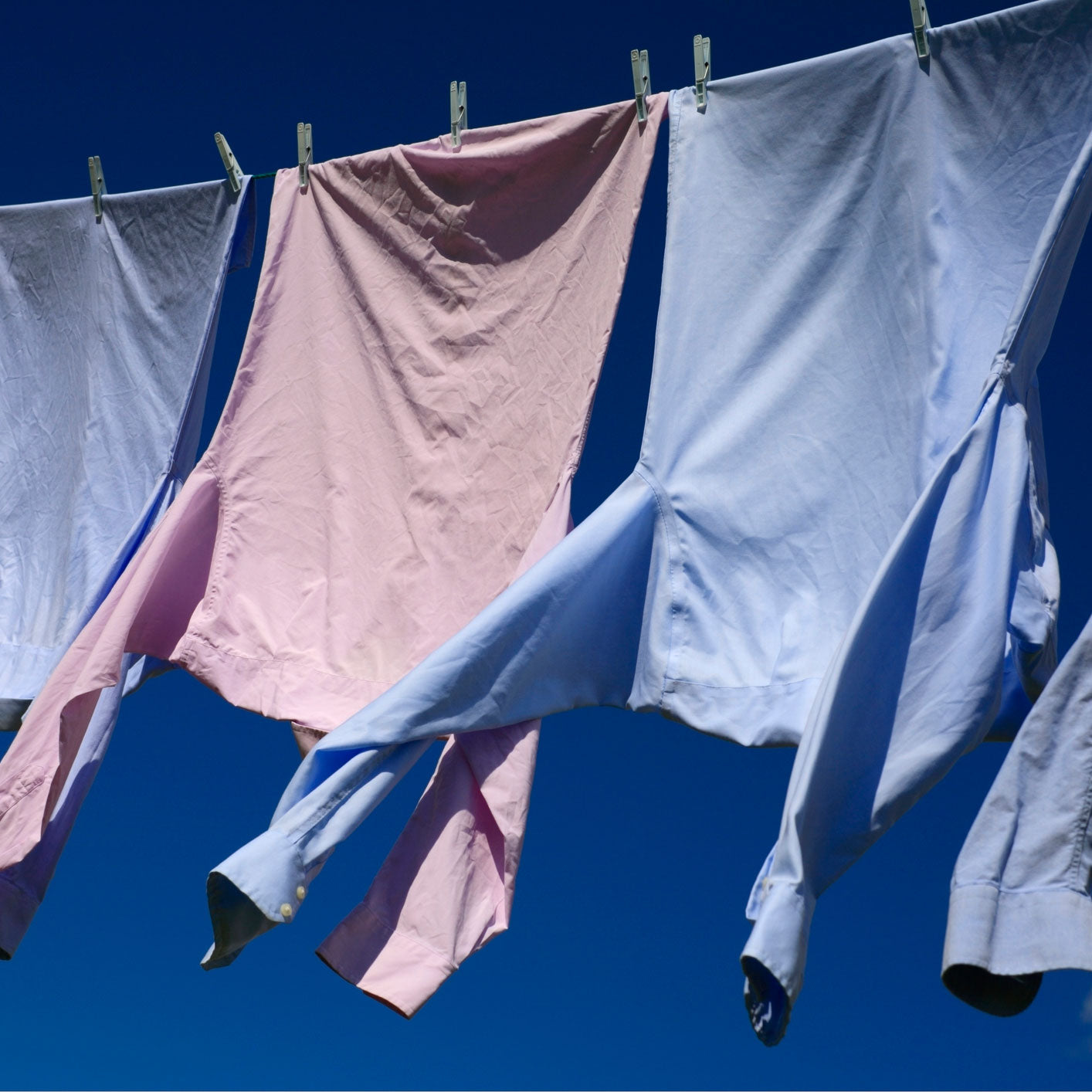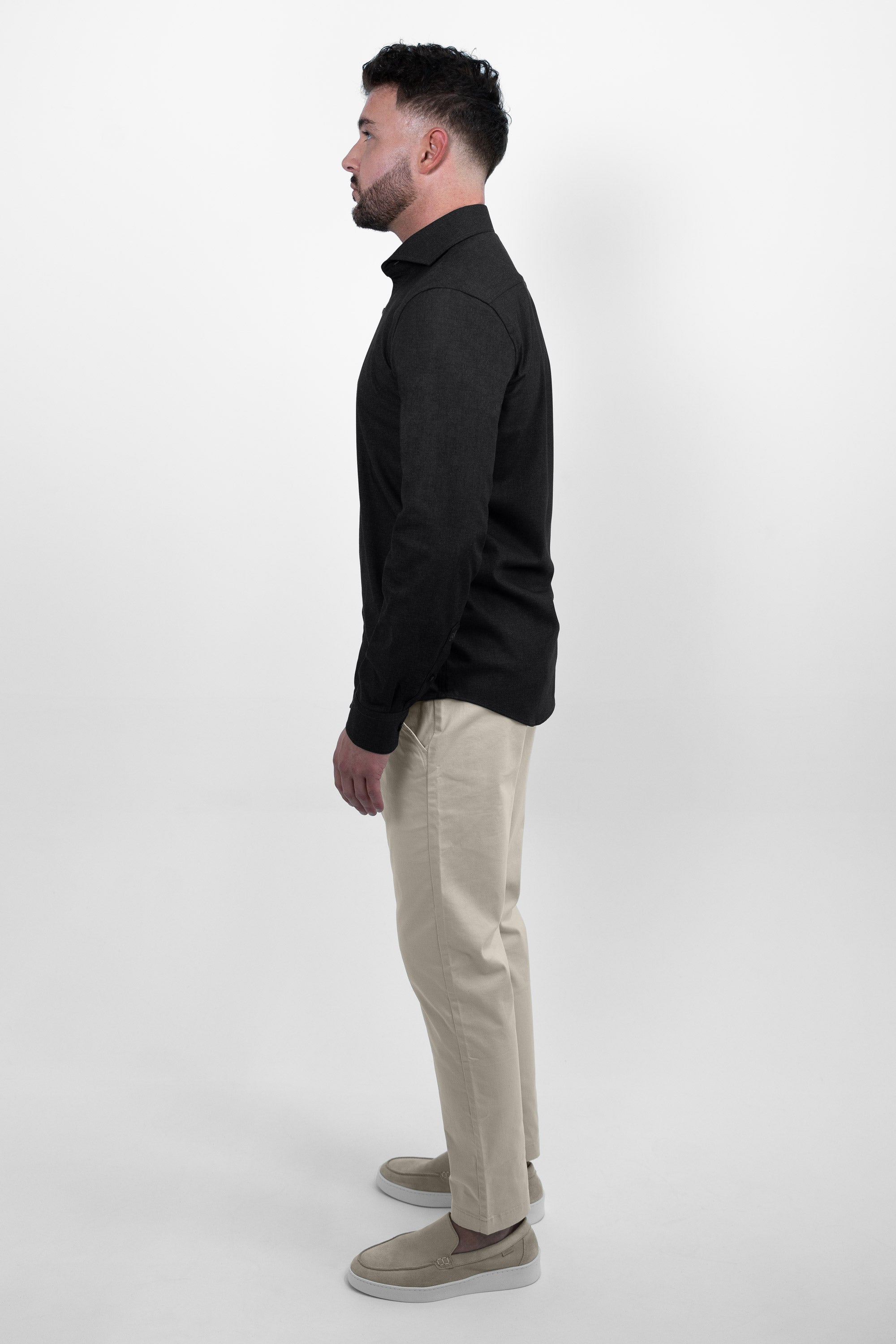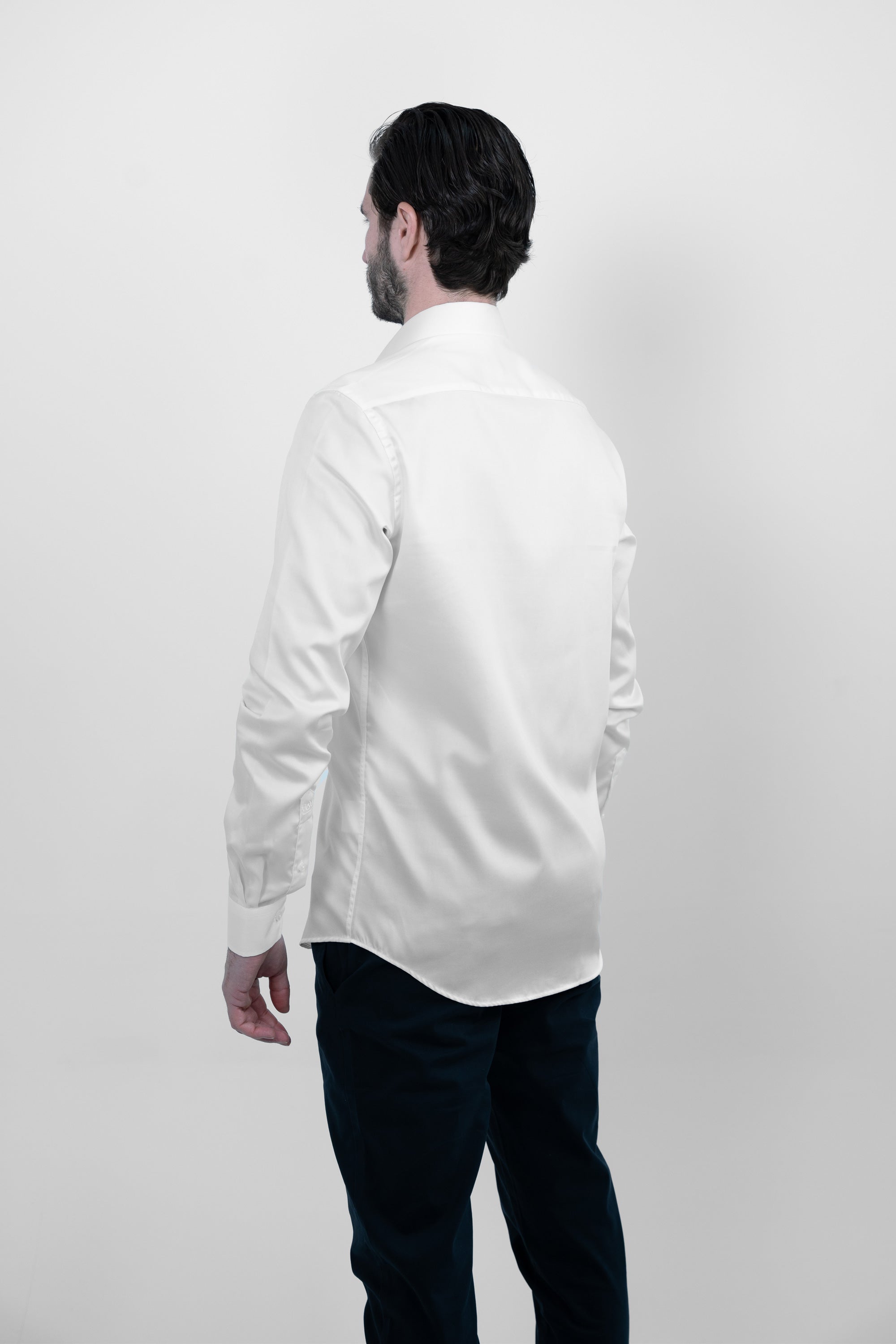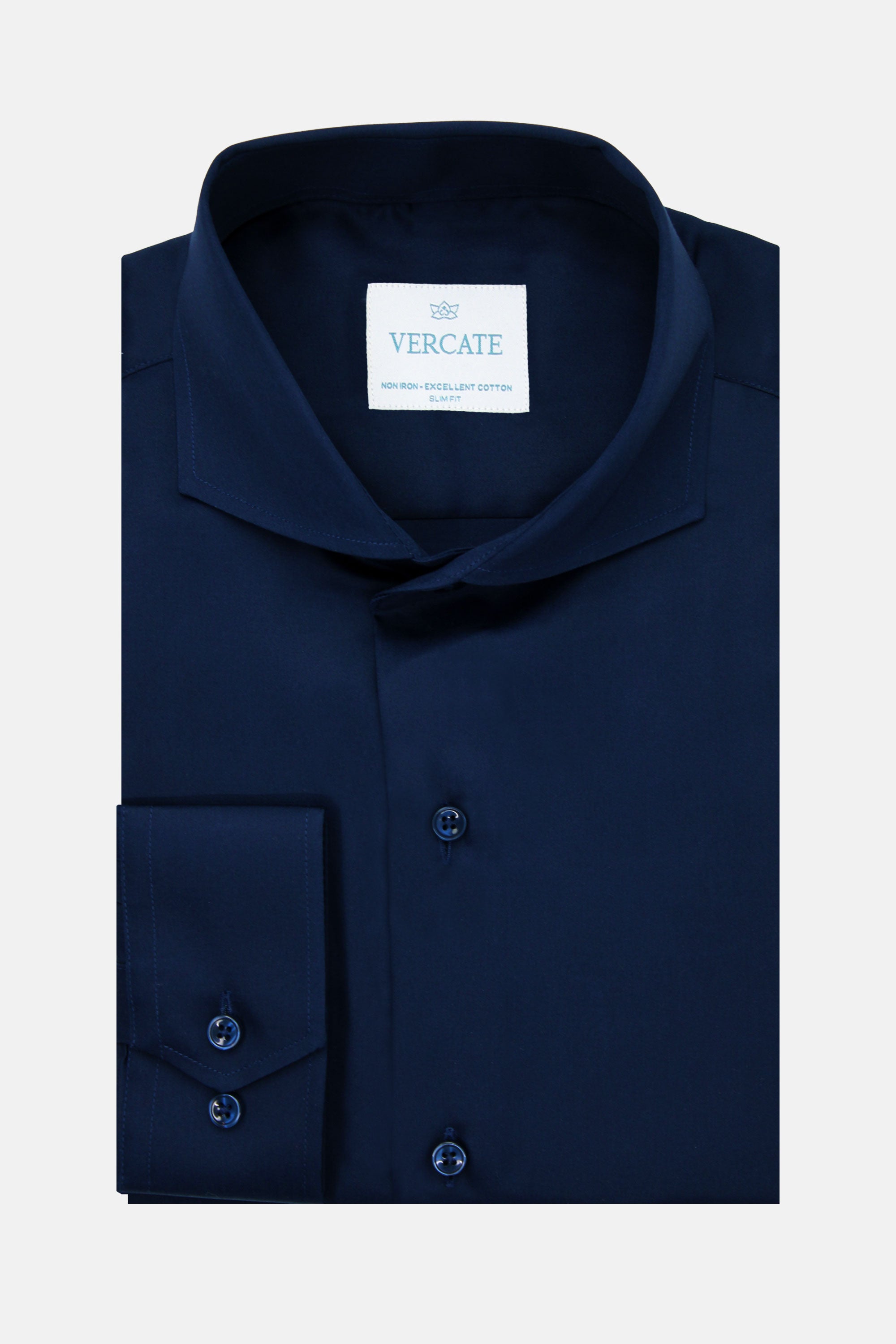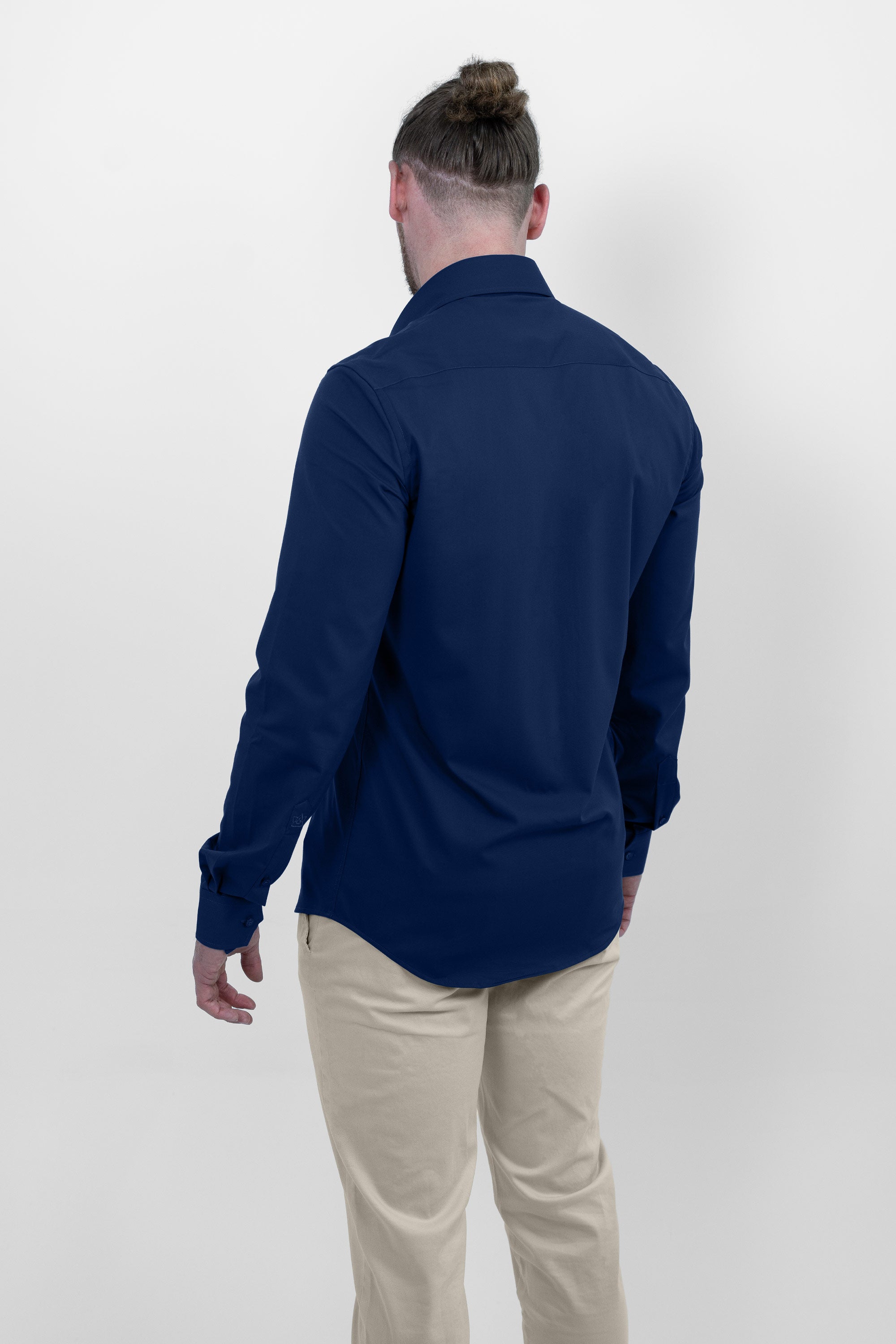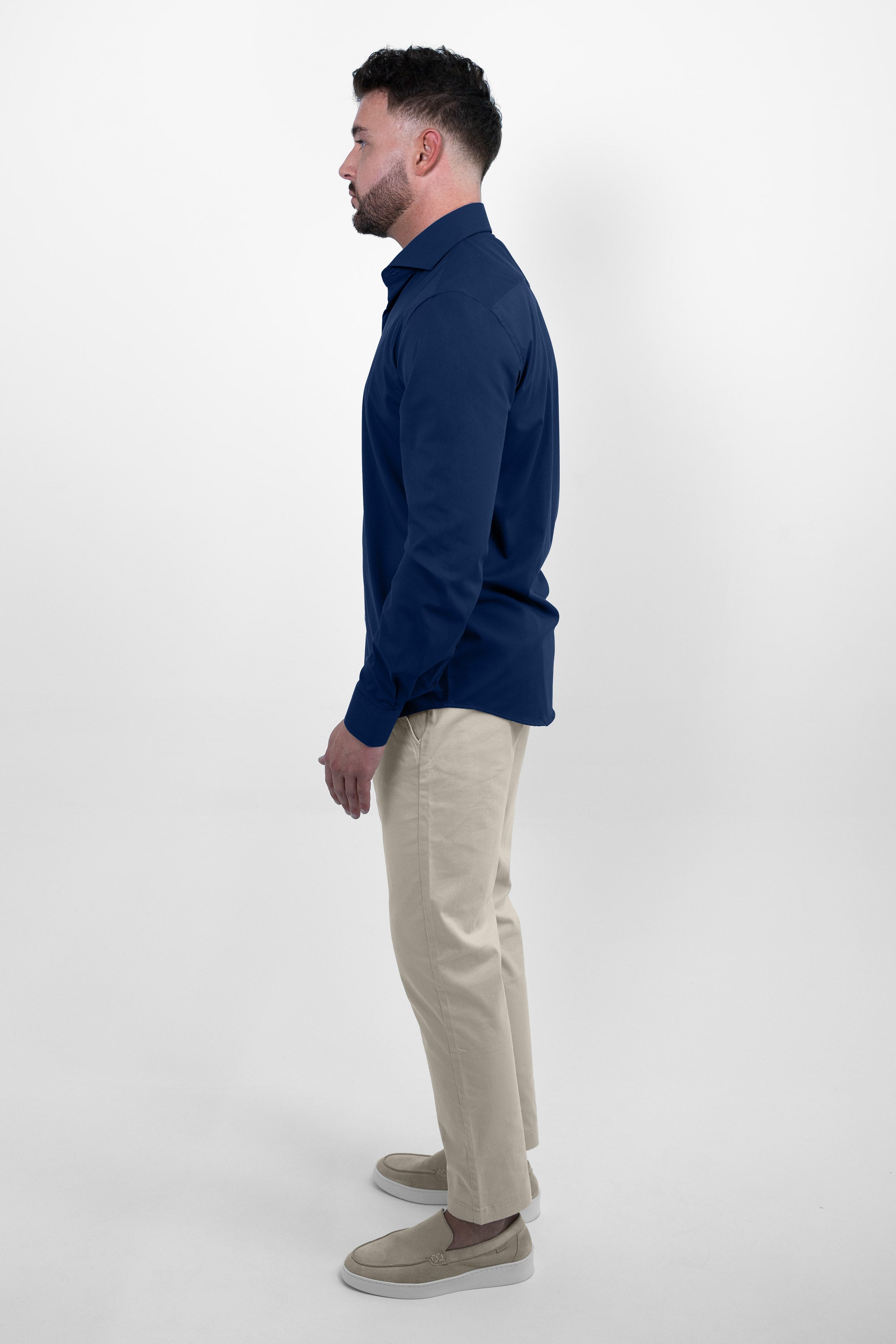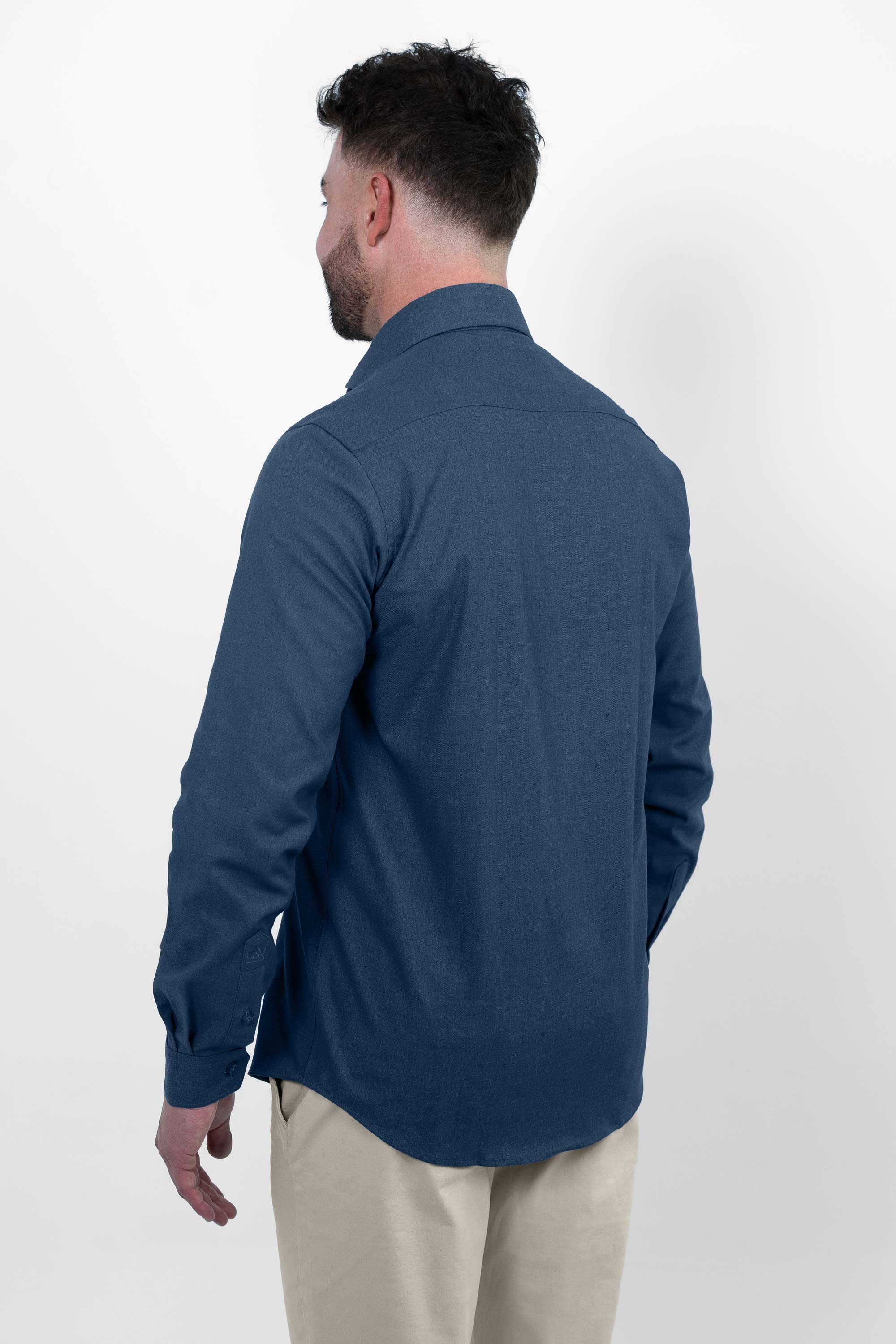Step 1: sorting shirts
As with other laundry, the same applies to shirts: sort them by colour. White and light shirts are prone to discolouration. White shirts should therefore only be washed together with other white or light-coloured garments. Shirts of different colours should be sorted with colourful laundry and black shirts should be washed with other dark clothes.
Step 2: preparing shirts
Raise the collar and close at least the top button of the shirt. This way, the collar retains its fit even after washing. Also loosen the cuffs, so that the fabric gets completely clean even in hard-to-reach places.
Step 3: pre-treating stains
Shirts will clean better if you prepare the collar and cuffs before washing. Apply ox gall soap or liquid detergent directly to stains. This will ensure that, for example, sweat stains disappear from the shirt during washing. You can pre-treat stubborn stains with hard soap and a brush. Be careful with delicate fabrics, such as silk or viscose, as the brush can damage the fine fibres.
Step 4: set wash programme and temperature
Which temperature is suitable for washing the shirt is usually indicated on the washing label. In general, you can wash shirts at 30 or 40 degrees Celsius. White shirts made of non-sensitive materials such as cotton can also be washed at 60 degrees to remove stubborn dirt. If your washing machine has a special shirt programme or anti-crease programme, select this. You can also wash your shirts on a wool programme.
Step 5: detergent selection
Washing white shirts may be done with a universal detergent. For all other shirts, a fine detergent is recommended. For colourful shirts, you can also choose a special colour detergent. This normally contains no bleach or whitening agents. This keeps the colours strong and radiant. Note that fabric softener is not recommended for shirt washing, as it may cause the fabric and collar to lose their resilience.

